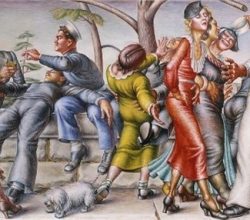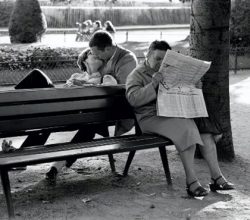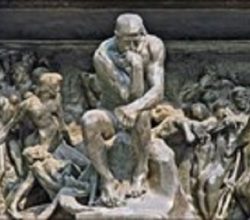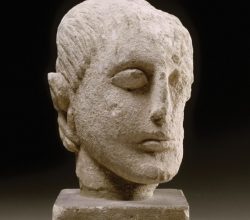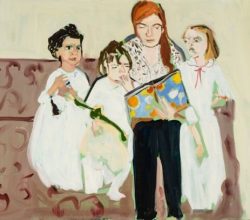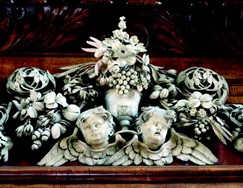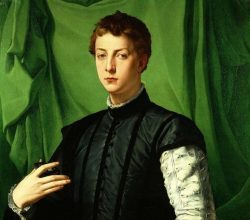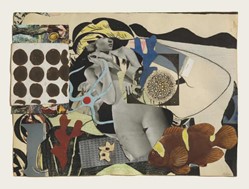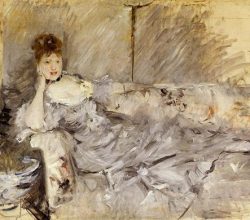
EASEL ESSAY: Smudgy Areas: the art of Berthe Morisot
Morgan Meis | The-Easel | 6th July 2021
Berthe Morisot was a first-rate artist and the Impressionists’ sole female member. Like them, she was interested in “the fuzziness of visual experience”. Her greatest fascination was with those moments when we lose focus, when our attention drifts elsewhere. How can such moments be captured in a painting? Perhaps a smudge might do it?
“The woman in Woman in Grey Reclining, [Morisot wondered], might not have very precise boundaries at all. The result is a picture that seems on the verge of falling apart, in the same way that a melodic line in one of the more evanescent compositions by Debussy threatens to evaporate into a tissue of dreamy, disconnected notes that float away into the breeze.”

